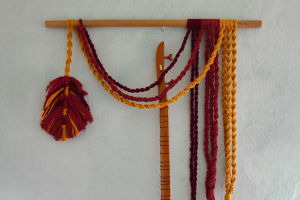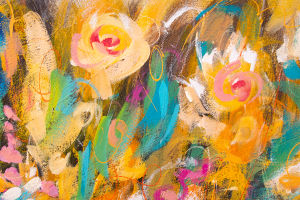Hey Lykkers! Have you ever watched a dancer move and felt something deep inside—without a single word being spoken? That's the power of dance. It's not just steps and rhythm—it's emotion in motion.
From heartbreak to joy, from anger to serenity, dance can say it all without a single syllable.
Let's dive into how this beautiful, wordless art form speaks straight to the soul.
How Dance Translates Emotion Without Words
Movement as Language
Dance is often called the "universal language," and for good reason. No matter where you're from or what language you speak, you can understand what a dancer is trying to express. That's because body movement taps into something primal—we all recognize gestures, facial expressions, and energy shifts.
When a dancer moves sharply and quickly, it might convey tension, fear, or anger. Slow, fluid motion might express love, sadness, or reflection. Choreography becomes a conversation between the performer and the viewer, but instead of using grammar, it uses gravity, tempo, and space.
Emotion Lives in the Body
Our bodies naturally express how we feel—think about how you slump when you're sad or bounce when you're excited. Dance simply magnifies these everyday movements into something powerful and artistic.
For example:
- Ballet often portrays longing, grace, or heartbreak through extension and fluidity.
- Contemporary dance uses grounded, raw movement to explore personal and emotional themes.
- Hip-hop expresses confidence, rebellion, and rhythm with bold, energetic moves.
- Flamenco channels intensity and passion with powerful footwork and dramatic arms.
Each dance style is like a different dialect of the emotional language.
The Role of Music and Energy
Music plays a huge role in amplifying the emotional impact of dance. The rhythm, melody, and tempo influence not just the choreography but how it's felt. A dancer's interpretation of a sad violin solo will be different from a booming drumbeat. That connection between music and movement creates an emotional synergy that words can't always match.
Facial Expression and Presence
Beyond the body, dancers use facial expression, breath, and even stillness to communicate feelings. A still body with an intense gaze can speak volumes. Sometimes, not moving at all—just pausing, holding a shape, or breathing visibly—can express more than a flurry of steps ever could.
Cultural Connection and Storytelling
In many cultures, dance is storytelling. African and Indigenous dances often reflect community, spirituality, or life cycles. These traditions show how dance isn't just performance—it's communication, history, and identity all in one.
Final Thoughts
Dance doesn't need subtitles. It bypasses logic and speaks directly to our emotions. Whether it's a solo on a quiet stage or a street performance bursting with energy, the emotion behind each move reaches us in a way words never quite can.
So next time you watch someone dance, don't overthink it. Just feel it. The message is already there—no translation needed.


